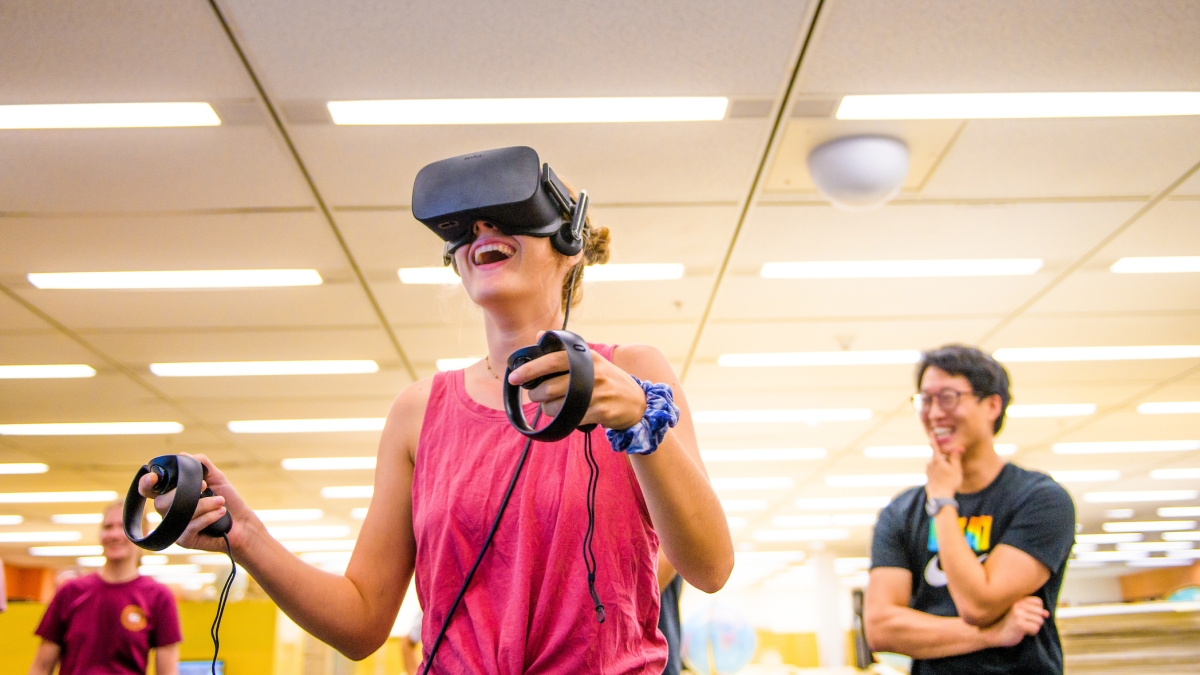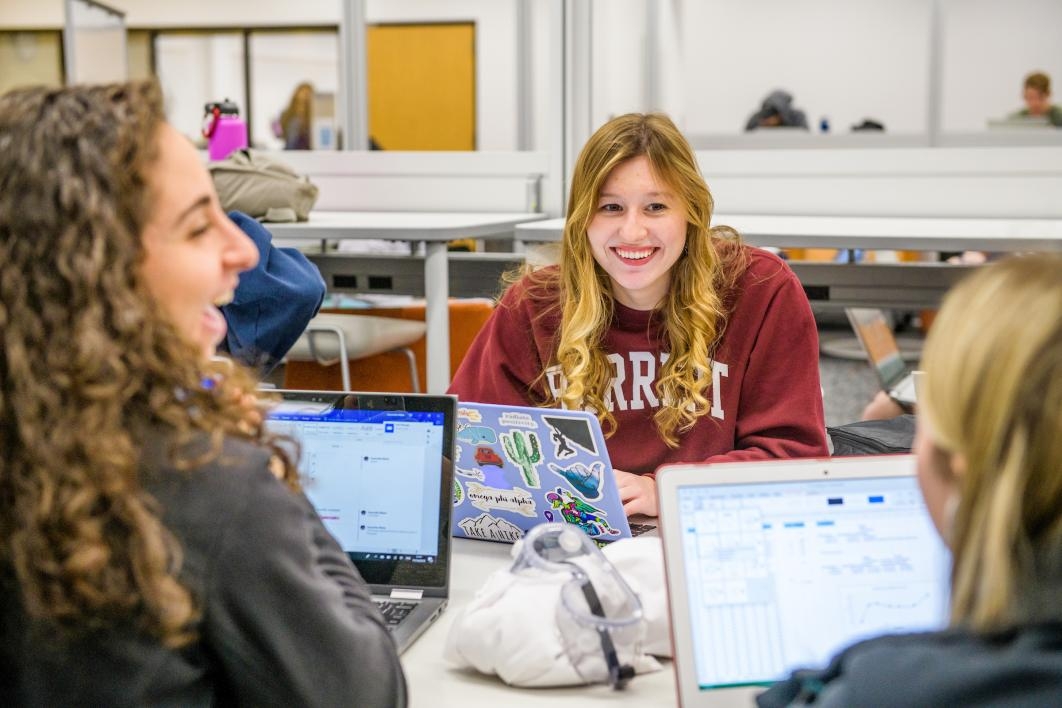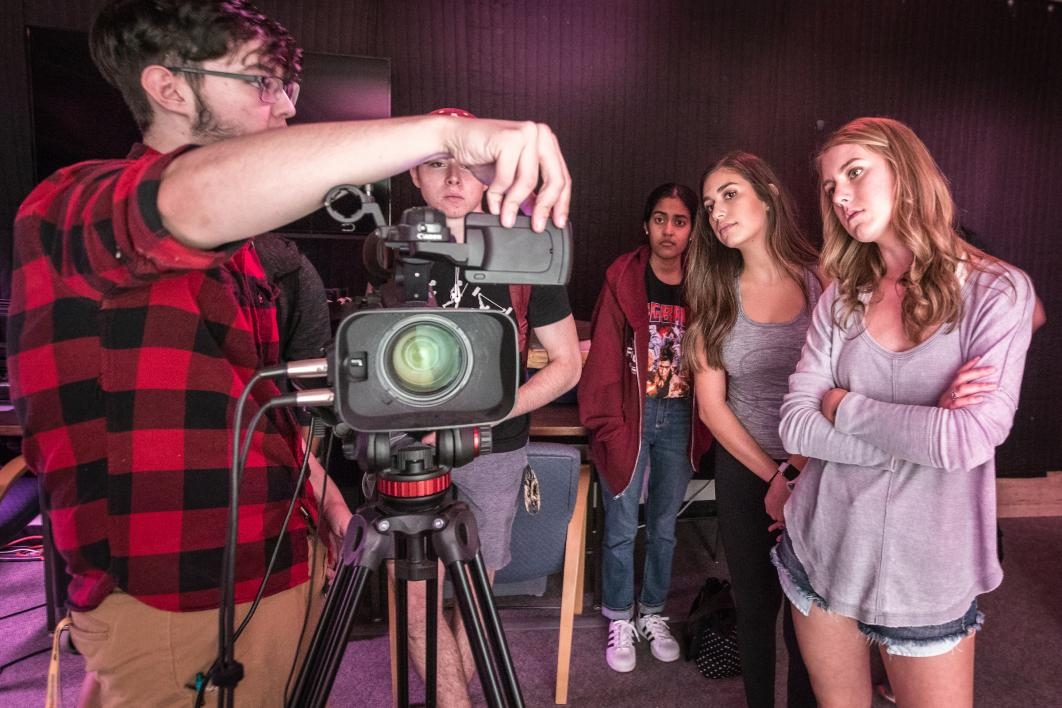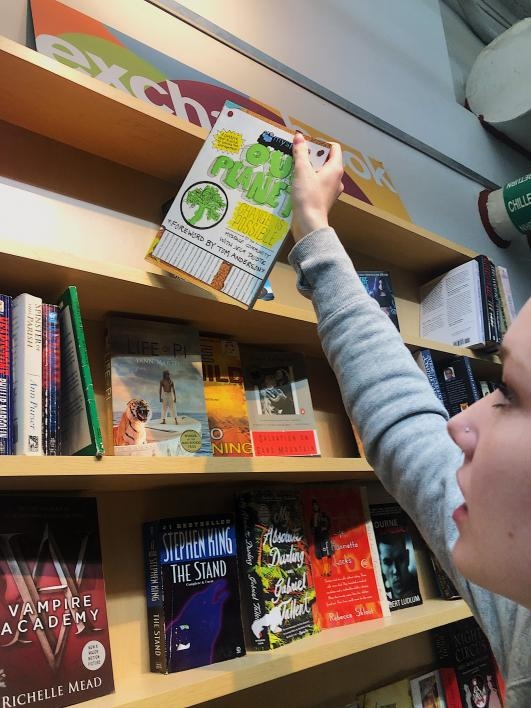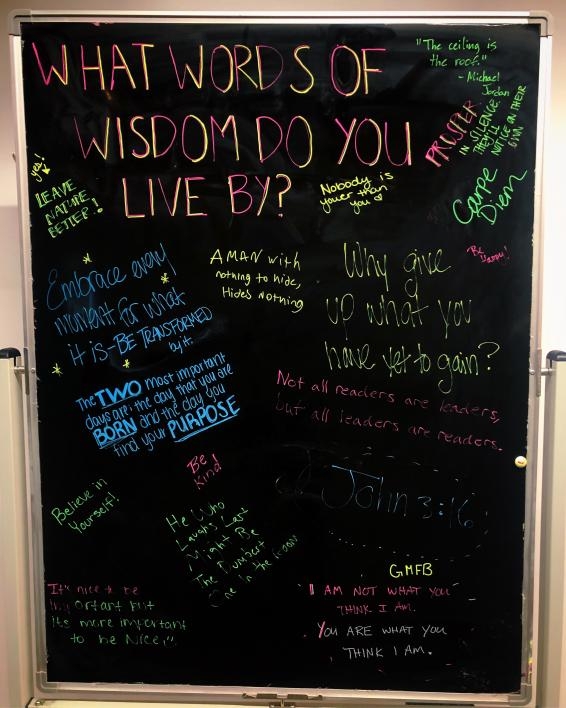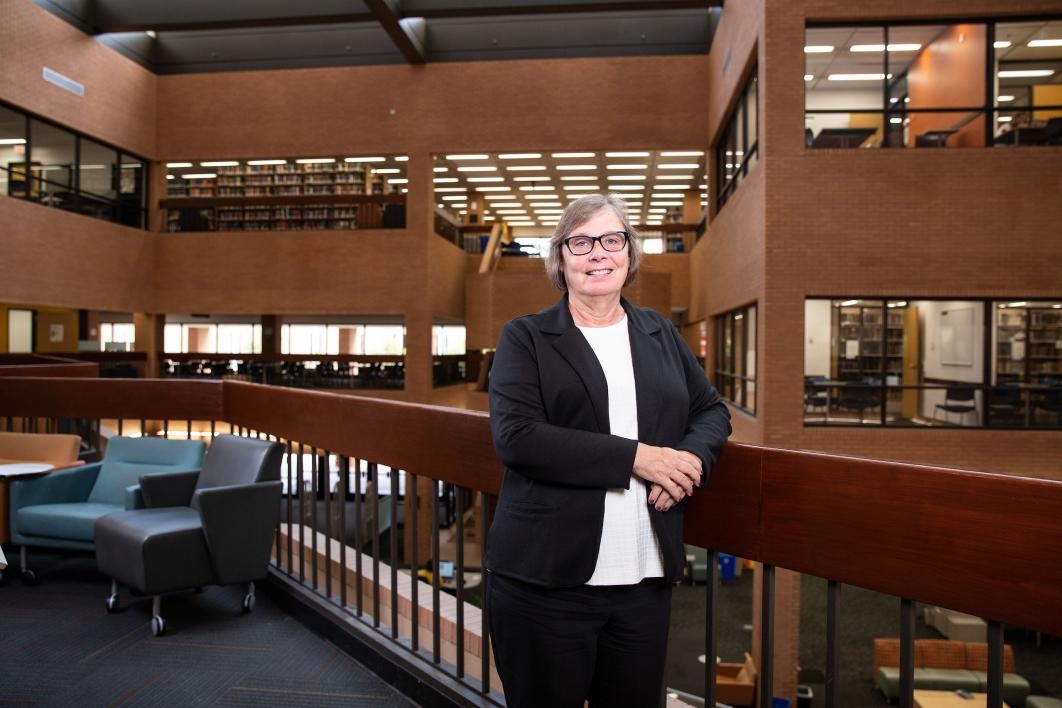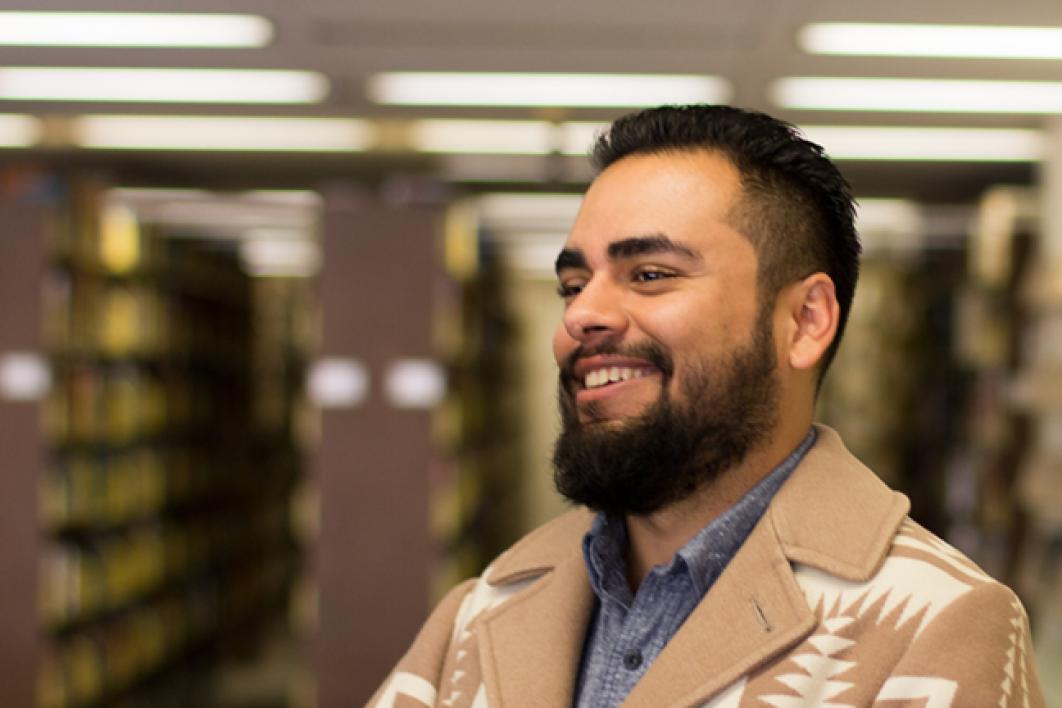Last fall Google turned 20.
Today's ubiquitous search engine is now older than the majority of Arizona State University’s freshman class — many of whom have never experienced a Google-less world.
“Technology has changed everything,” said Israel Zaldivar, a student in Barrett, The Honors College at ASU. "Everyone focuses on doing a Google search. Many students aren’t aware of all the resources we have access to.”
Zaldivar is part of a new library peer mentorship program — the ASU Library Barrett Mentors — aimed at helping Barrett students develop university-level research skills.
As a Barrett Mentor, Zaldivar and his fellow library mentors, Max Hernandez and Lauren Barnes, do everything from conducting workshops on how to use Zotero, an online citation management system, to engaging in lunch-hour conversations with other Barrett students on how to determine the most appropriate research database or develop a thesis question.
“Research is a general skill that applies to many fields, but a lot of students don’t have these skills,” said Hernandez, a sophomore at ASU who is double majoring in accounting and computer science with a minor in sustainability. “By providing support, we’re making sure that students are prepared and equipped for the work they’ll be encountering at the university.”
The Barrett Mentors are paid student worker positions, embedded within the Barrett community for ultimate student accessibility, with the goal of discussing and modeling research skills with and for their student peers in both casual and formal settings.
A good percentage of his classmates at Barrett, Hernandez says, are first-generation college students, unaccustomed to the resources and services of an academic library.
Figuring out how to navigate those resources is half the challenge of being a college student, he says.
“Even for non-first-generation college students, college is kind of a new experience,” Hernandez said. “It’s much easier to do a quick Google search and pick the first three articles. We want to show them that the library can be accessible and what sources are valid and what sources are not valid. They know what they want, they just don’t know how to find it. We’re helping people discover all the stuff the library has.”
All the stuff includes 740 online databases and more than 200 million print and digital resources, including 150,000 journals and over 4 million print volumes; a center for data science and geospatial research; a makerspace; more than 100 study rooms; and some of the world’s leading rare materials collections.
Tomalee Doan, associate university librarian for the ASU Library, who oversees engagement and learning services across nine libraries, says student mentorship and leadership opportunities are helping steer a changing library infrastructure, focused on active, adaptive and informal learning spaces, where students come first.
“Many of our undergraduate students are part of the most diverse generation ever seen before in the United States,” Doan said. “The question of how to best support their success, their varied learning styles and unique contributions, is driving a number of new and interesting initiatives at the library, many of them student-led.”
‘The library is for students’
Two decades ago, Google was just another way to search for information. Today, it is a synonym for that.
Access to vast quantities of information can feel both overwhelming and commonplace for those born between 1996 and the early 2000s — a generation often referred to as “Gen Z” or “iGen.”
It’s how you share information, said Zaldivar, that makes the difference.
“It’s more effective when it’s informal, when it’s student-to-student or between friends,” said Zaldivar, a double major in microbiology and global health. “There’s more (comfort), more trust. It brings about conversation, and you can be more open.”
Hernandez agrees: “We have a good sense of what the issues of students are because we are students.”
Student-to-student interaction is at the heart of the Library Student Ambassadors program, launched last fall to help bridge the gap between students and library staff.
According to Jesse Lopez, student success librarian and director of learning services, the program has the potential to raise awareness about the wide spectrum of library resources and services as well as give rise to new ones.
“I believe few things, in terms of education, are as valuable as peer-to-peer instruction,” Lopez said. “Students love to learn from and teach each other, and that's what this program is about.”
As library ambassadors, Alexis Juarez, Melovee Easley and Paola Palomino have become familiar faces around the Downtown Phoenix and Tempe campuses, attending a variety of student events, including new student orientations, where they help answer questions like: “Do I have to get a library card?” and, one of the most common questions, “Do you have the books I need for class?”
They post regularly to Instagram about library offerings in their efforts to show students that the library is more than just a search box — but a space to dwell, create and feel supported.
“We let them know they can check out ‘Game of Thrones,’” said Juarez, laughing. “In libraries, especially academic libraries, there’s a lot of anxiety around knowing where to get books or assuming that it’s purely academic. We like to remind them that a library is also a place to hang out with friends, relax, see art and make stuff.”
Juarez, Easley and Palomino meet regularly to discuss plans for books displays, front desk decor, snacks and study aids.
“I get suggestions for things that need to be changed about the library,” said Easley, an English major, who works at the information desk at the Downtown Phoenix campus library. “People mention that they enjoy using the whiteboards for studying.”
For Valentine’s Day, the library ambassadors created custom-made bookmarks to give to each student who visited the information desk — a way to show support for students and foster a sense of community.
Recently, for Sun Devil Giving Day, Easley asked students what they love about the library. (Here’s what they said.)
“I feel like the library is a lot more welcoming and homey and interesting than people think it is,” said Juarez, a Barrett student. “Once you learn more about the library, you start to get more curious about all the things you can do here.”
With the Hayden Library reinvention set to launch next spring, ASU students are playing an increasingly active role in the future of the library through their participation in initiatives such as the Future of Print, which looks to students to select and curate reading lists and book collections to share in library and campus residential spaces, and ASU Library mkrservices, which relies on students to lead trainings and workshops for students and faculty interested in using the makerspace.
“We want to welcome and accommodate all sorts of students and in ways you wouldn’t expect from a library,” said Lopez, who has been working with the epics@asu program (Engineering Projects in Community Service), partnering with students on use-inspired design solutions for new library spaces that will soon be opening.
“By 2020, students will be running all the library information desks universitywide,” Lopez said. “We’re reversing the model so that students are on the frontline. The library is for students. We want them to know this is their place.”
Co-written with Melovee Easley, ASU Library Student Ambassador
More Sun Devil community
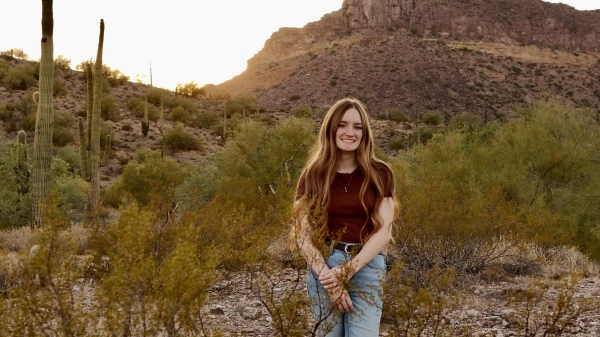
Crime shows led December graduate to a degree in forensics
A fascination with science, the details behind solving cases and crime-focused television shows guided Gracie Thompson to pursue forensic science studies at Arizona State University.“I grew up…
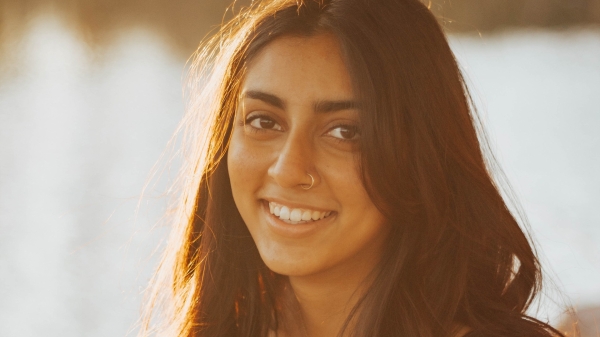
There's no stopping this global health undergraduate
If the end depends on the beginning, Esha Kubavat has set herself up for success. The Naperville, Illinois-born and Anthem, Arizona-raised undergraduate is graduating in December with a bachelor’s…
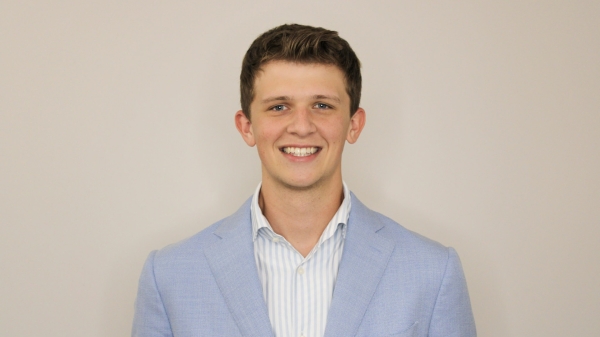
Student leader shares journey in finance and campus community
Chase Mathias first realized that the medical field might not be for him during a high school biology class when he passed out while dissecting a pig. Though he dreamed of becoming an…
